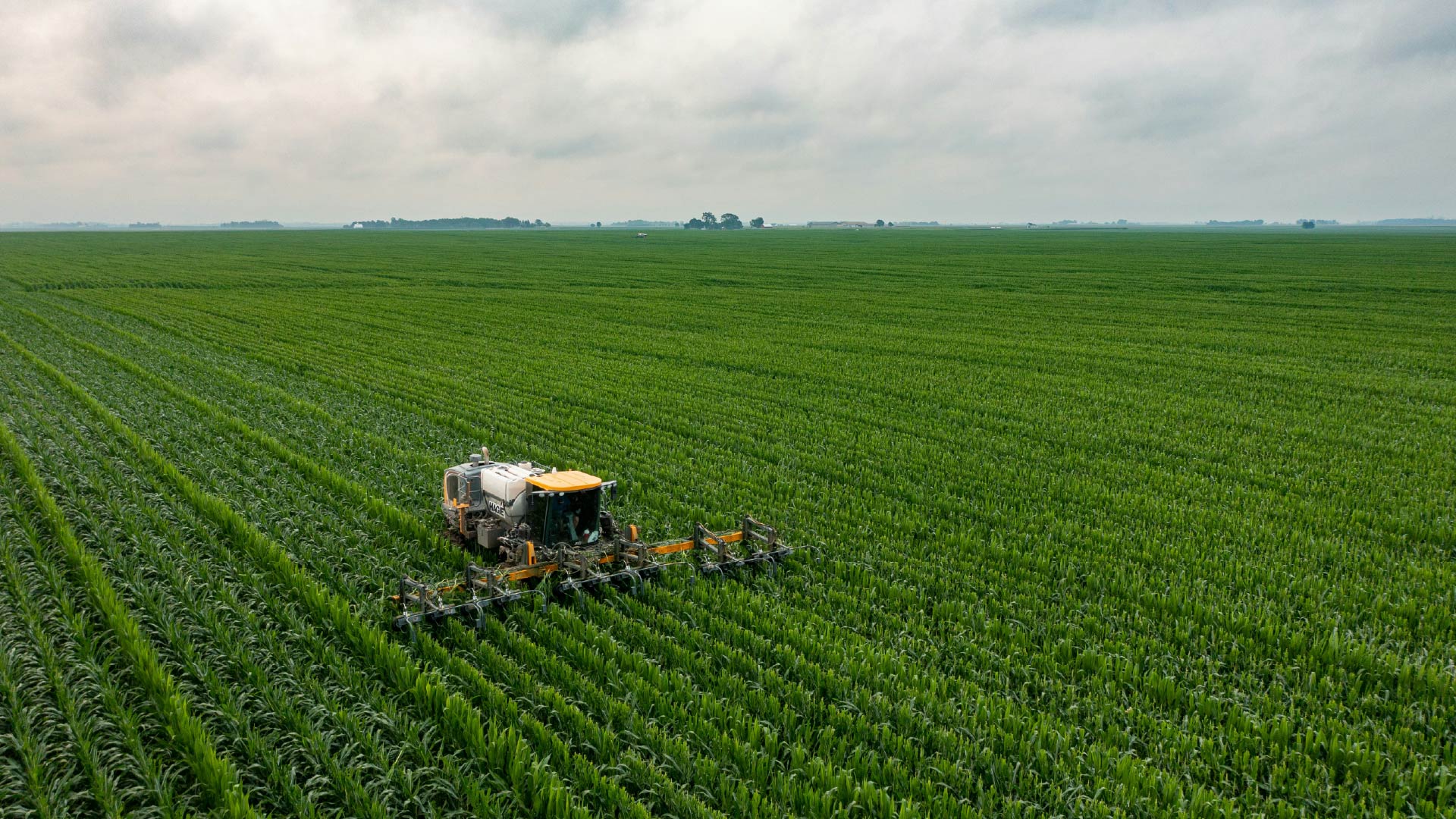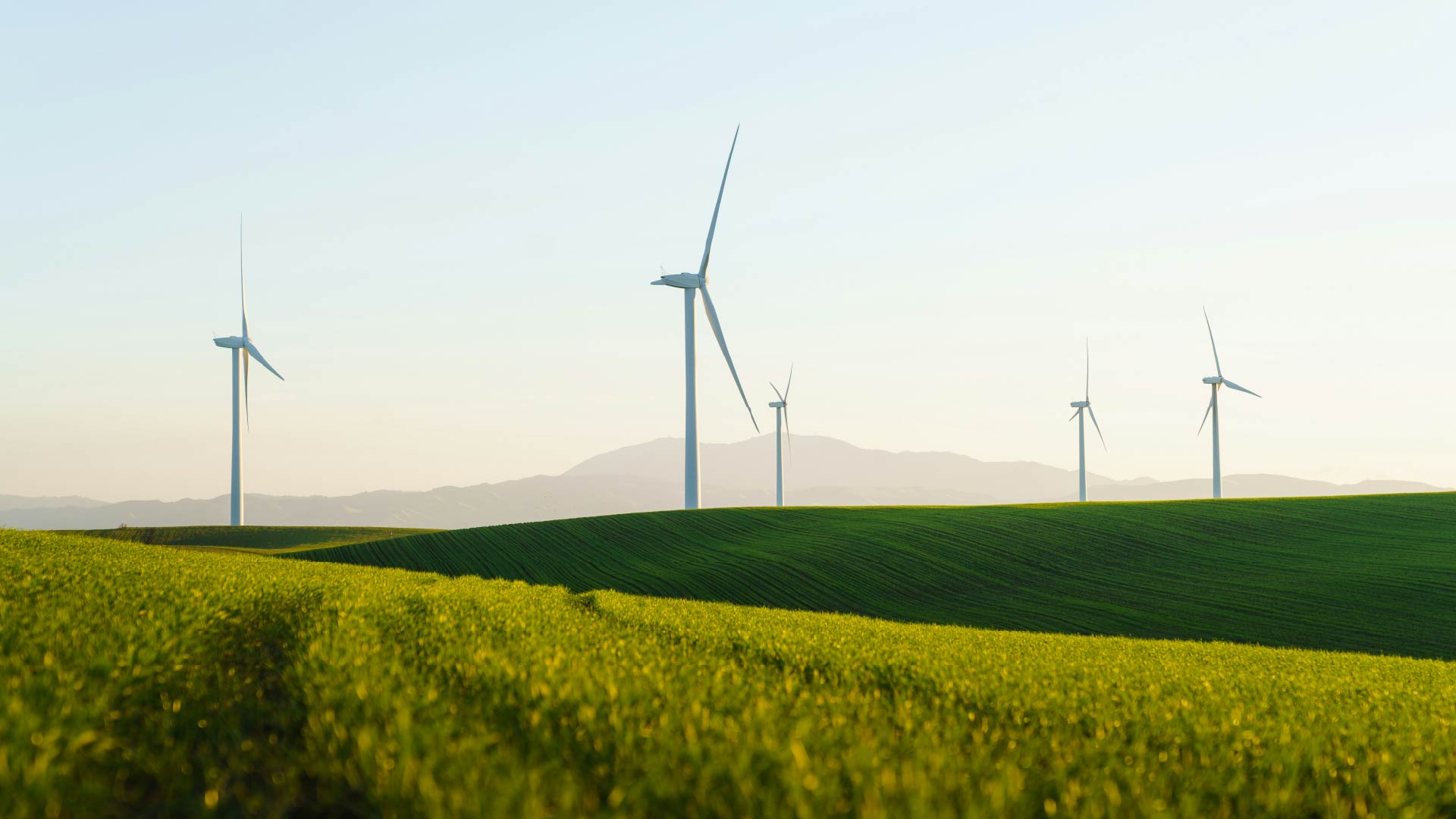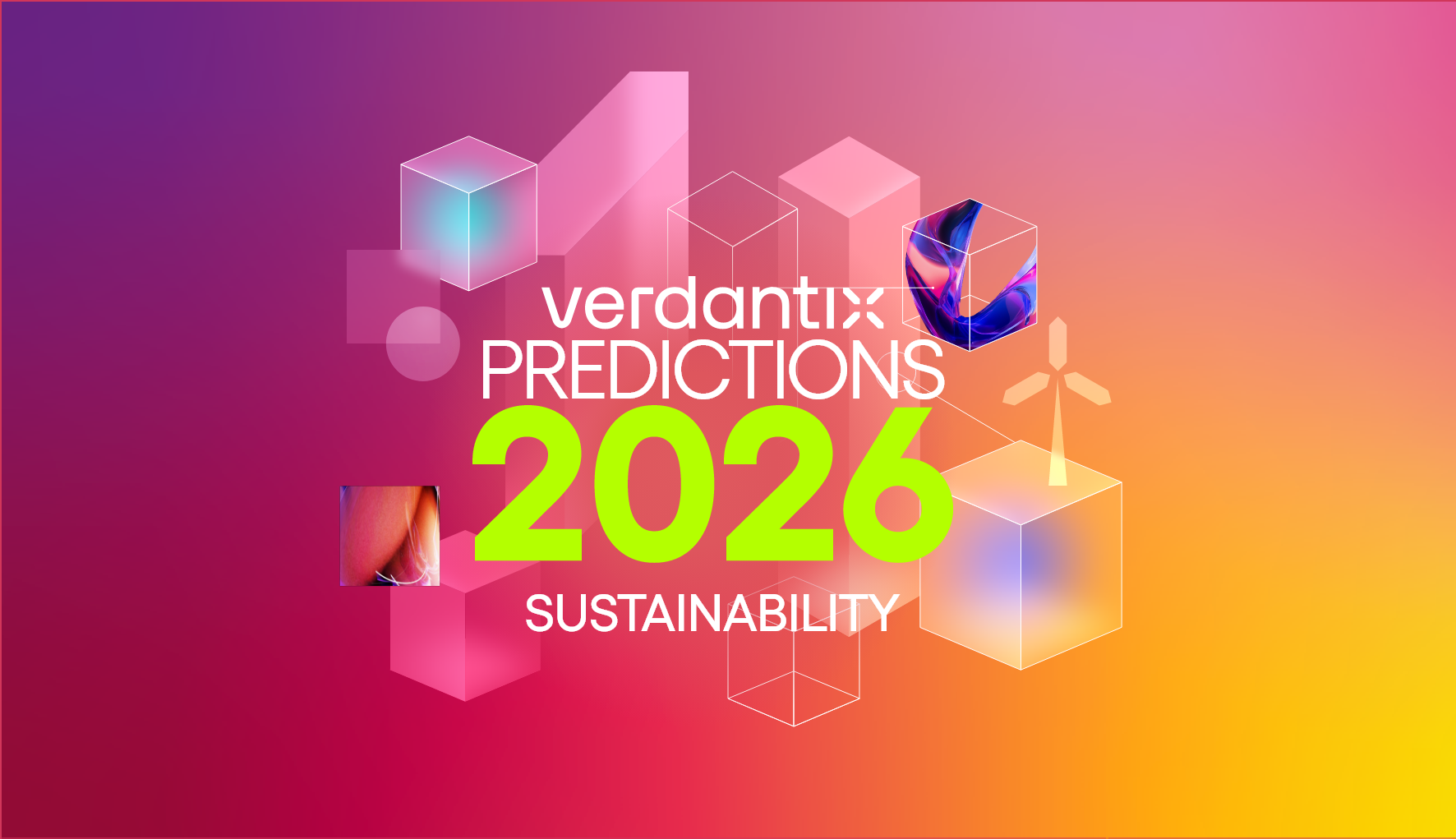Wake Up Waste! Innovative Technologies Responding To Circular Economy Call For Action
Globally, resource consumption significantly outstrips supply, resulting in an exponential increase in waste generation. Currently, over 2 billion tonnes of waste are produced annually and this is expected to reach 3.4 billion tonnes by 2050. With associated costs reaching $361 billion today and projected to almost double by 2050 – reaching $640.3 billion – if left unaddressed, the waste management and recycling sector faces a call to action.
Despite significant investment and acquisition activity in the sector, several challenges inhibit sustainable waste management:
- Limited physical infrastructure for recycling and material recovery.
There are only 5,500 material recovery facilities (MRFs) in operation globally, and only 1% of waste is being monitored. It is not surprising, therefore, that $80-$120 billion in material value of plastic waste in the US is lost to landfill and incineration every year.
- Financial constraints and economic viability.
The current economics of waste management, particularly the substitution dynamics between virgin and secondary materials, favour a linear production model and dissuade recycling. This is worsened by low market prices for virgin materials over secondary resources.
- Evolving regulations and non-compliance risks.
Laws governing waste management are increasingly stringent, with severe penalties for non-compliance. For instance, the Wisconsin Department of Natural Resources enforces penalties of up to $25,000 per day per waste management compliance violation.
To successfully implement a circular economy approach to waste management, firms must adopt digital solutions and innovative technologies such as:
- Advanced waste sorting to recover recyclable materials.
As 40% of waste sorting at MRFs is conducted manually, advanced sorting technologies – such as AI-powered optical sorting and robotics – can automate the process.
- WTE technologies to move up the waste hierarchy.
By harnessing the energy potential of waste, waste-to-energy technologies contribute to reducing landfill and fossil fuel dependence by diversifying the energy mix with a sustainable source such as bio-gas.
- Integrated software and hardware for smart waste management.
This technology involves the utilization of IoT devices and sensors to collect real-time waste data, thereby enabling waste operators to make timely and informed decisions that reduce costs, eliminate inefficiencies and boost growth.
To learn more about innovative technologies and best practices for a circular economy in the waste management and recycling industry, read the following reports:
Strategic Focus: Waste Management And Recycling
Tech Roadmap: Circular Economy Digital Solutions
Strategic Focus: Innovative Circular Technologies Advancing Climate And Sustainability Performance
About The Author

Jessie Wilson
Industry Analyst





